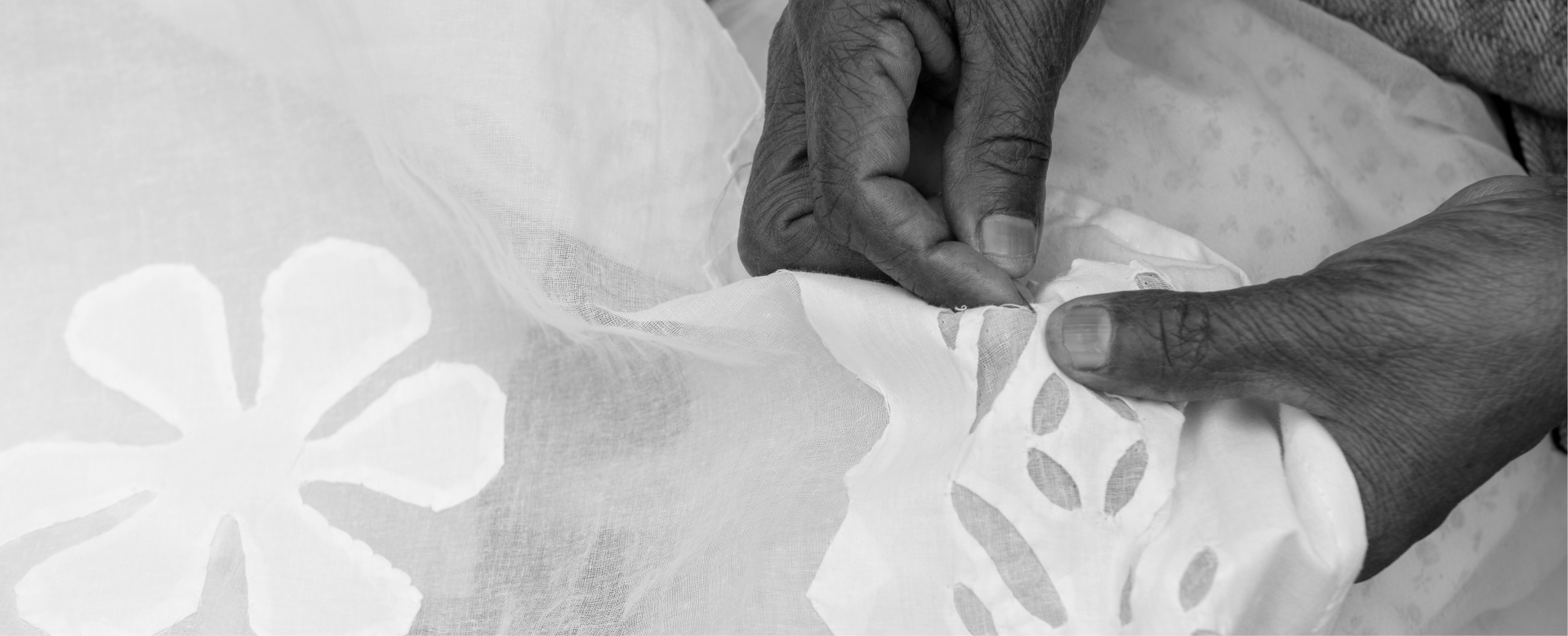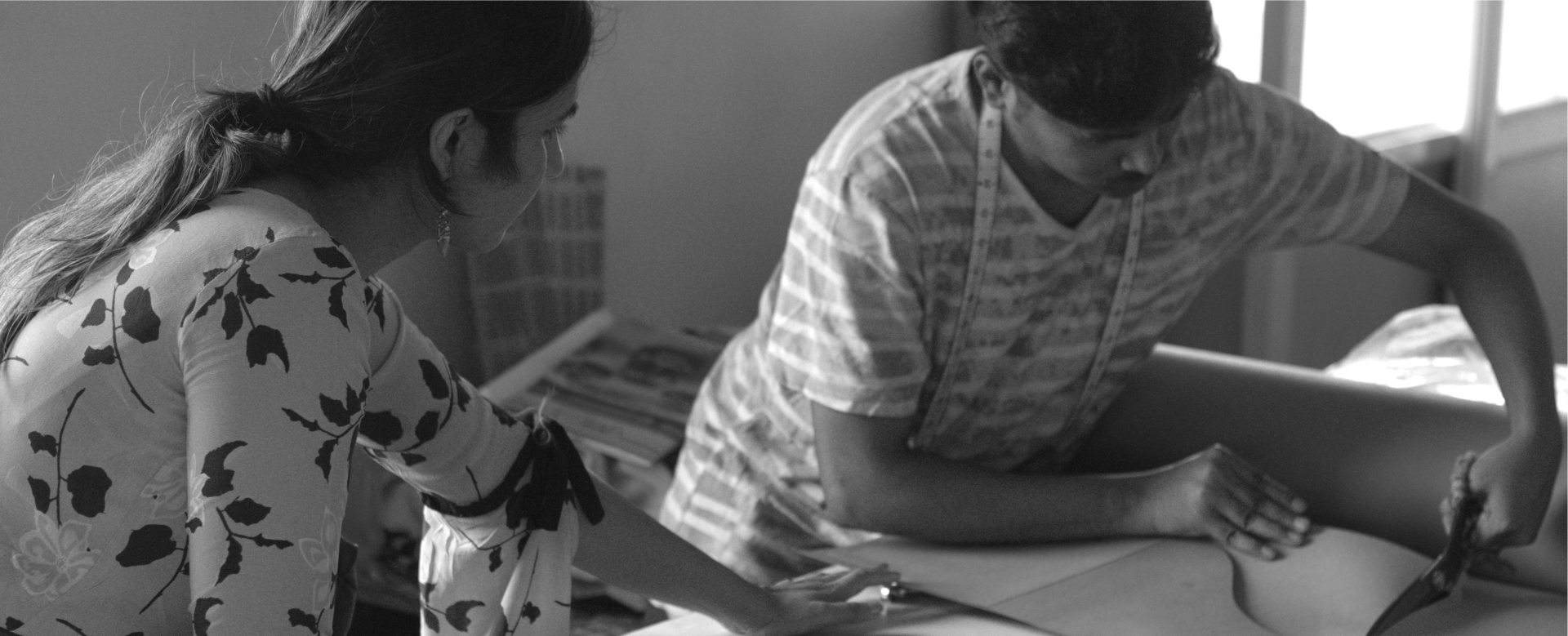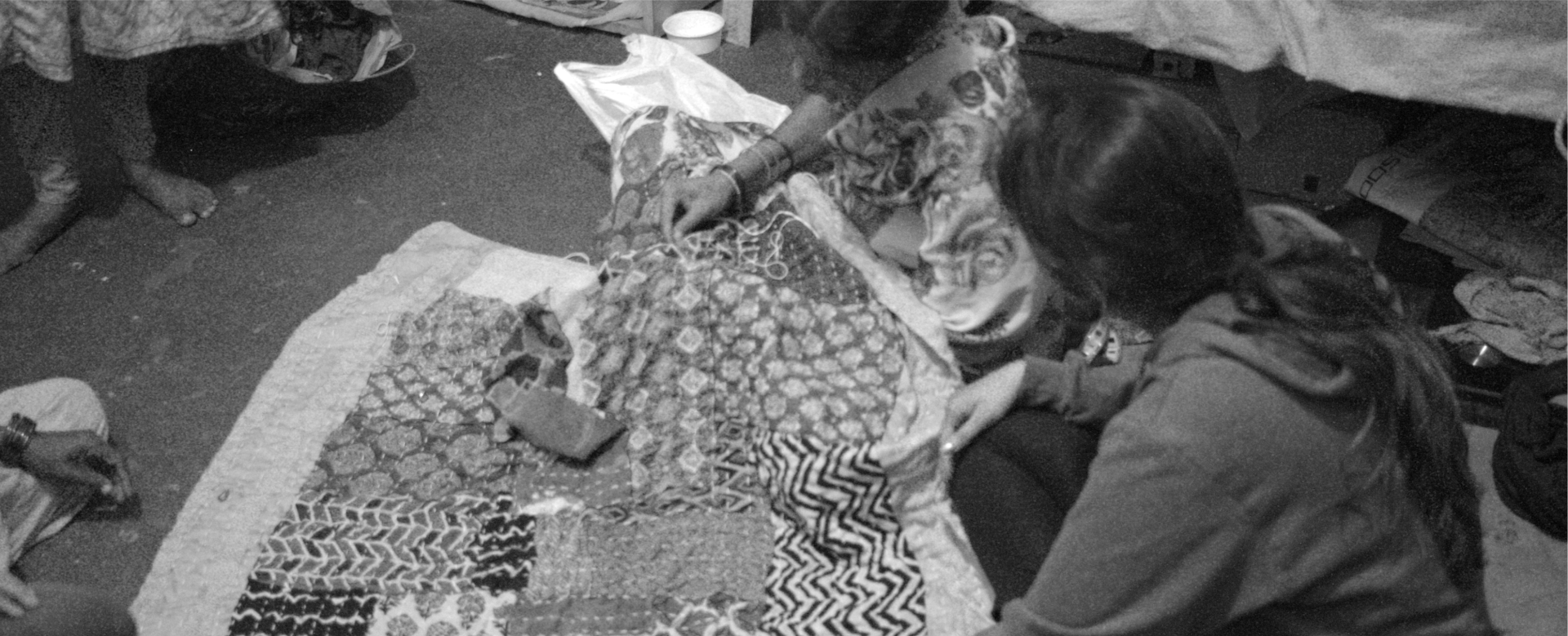
Sustainable and Ethical Fashion: The Environmental and Morality Issues
Sustainable fashion has gained massive momentum in the last two decades. The late 20th century was the turning point for noticeable climate change and greenhouse effects resulting from a multitude of industries’ unsustainable practices. In the 21st century, the movement towards renewable sources and eco-friendly practices continues to evolve due to greater awareness of the depletion of resources, pollution, and rising threats to health and ethical practices. The cultivated citizens across the world are slowly trying to understand the severity of the effect the fashion industry is creating on the planet and are demanding solutions for it. And since the horrific accident at the Rana Plaza in Bangladesh in 2013, which killed thousands of garment workers, the world’s interest in sustainable and ethical fashion has increased enormously. While sustainable fashion was starting to create a buzz in the industry, after the tragic event, morality or ethical issues also emerged as the key concepts from a sustainability point of view. The rising interest of Millennials and Gen-Z in sustainable and ethical fashion is a bonus in making things better for the planet.
Although the two terms are often confused and used interchangeably by people, they are quite different from each other. Sustainable fashion typically refers to an environment-friendly approach to designing, manufacturing, and consuming clothes and maintaining an ecological balance by avoiding the depletion of natural resources. Ethical fashion, on the other hand, is a little different as it is more focused on the morality aspects of the fashion industry- like the treatment of everyone – humans and animals involved in the supply chain of garment production. It concentrates on social considerations, and worker and animal protection at every stage of garment manufacturing. To combine them briefly, they both are an approach to producing a garment in a manner that benefits the society and planet while keeping the economic factor in consideration. The two terminologies may differ from each other but are equally important for the sustainable future of fashion.
Fast fashion has created more harm to the planet than we can imagine. According to Business Insider, 10% of global carbon emissions are generated by the fashion industry. According to the UN Framework Convention on Climate Change, the total carbon emissions from textile manufacturing alone are projected to shoot up by 60% by 2030. Causing harm to the planet at this alarming rate is risking the future of the world. In a study ‘Slow fashion’ by Eleonor Johansson in 2010, He mentioned that today the fashion industry is dominated by fast fashion and just‐in-time production that has led to multiple season collections and mini‐collections, which generate new low-quality and low-price items in store and web every week. This in turn has led to an escalation in fashion trends that spurs our desires for new experiences and leads to overconsumption where consumers buy more than they need, which in the end results in fashion waste. However, in the supply chain, the industry has problems with worker exploitation, such as low wages, unpaid overtime as well as toxic chemical use, and environmental pollution. As much as environmental concerns are growing, the ethical issues related to the industry are also prevailing at a skyrocketing speed. Values and ethics have become fundamental grounds for sustainable design.
It actually started from scratch of garment development – from the cotton fields to a consumer’s wardrobe, it has become essential to be kind and morally right to all the stakeholders involved. By being morally right, it not only implies the good treatment of the workers but also includes the safety and fair pay benefits they receive from their hard work. In a report released by Oxfam in 2016, it was stated that the annual turnover in the Australian garment industry alone was $27 billion. Despite all of the money, companies are still choosing to be a part in the abuse, exploitation, and neglect well-being of garment workers. Garment workers in Indonesia get paid only sixty-two cents (AUD) an hour which means just 2% of the retail price ends up in workers’ pockets. Horrific incidents like Rana Plaza are a cruel reminder of why it is so important to promote ethical fashion. The tragic event that took the lives of more than thousands, the unsafe environment for women who comprise almost 80% of the workforce in the fashion industry, the unfair working conditions, the abuse, and exploitation are just one of the many examples of why ethics in fashion matters. But the good thing is, people have started realizing that the garments we wear come with the misdeeds of unfair wages, child labor, and bonded labors from across the globe. But, as more awareness about the rights and wrongs of the fashion industry is growing, people demand the use of sweatshop-free labor, safe and protective environment for the labor, and energy-efficient and low-impact processes of manufacturing. Paehike in his study had listed the core values of environmentalism: firstly, the protection of biodiversity and ecological systems; secondly, consideration of negative impacts on human health; and finally the sustainable use of resources.
It is very crucial now to bring a balance between the environmental and social concerns of the fashion industry. A radical solution where social and ecological solutions can co-exist while staying relevant to the desires of consumers to bring long-lasting benefits to the business. Consumers tend to pick good designs, colors, and fabrics over the environmental and ethical aspects of the garment. In a study on Ethical Fashion by Catrin Joergens, it was founded that Even though consumers demand more ethical responsibility from companies, it is debatable if consumers would sacrifice their personal needs to support morally produced clothing. But brands like Stella McCartney and NOIR are bringing such changes to the industry. They are keeping the designs relevant to the target consumers and to keep their customers in the loop they are making efforts to keep transparency in all the stages of garment production.
1. Clothes” The Loop: Raising Awareness of Sustainable Fashion Among Millennial Consumers Through Digital Platforms by Nell Gray Rasmussen, 2020 Boller Review: Journal of Undergraduate Research and Creativity, TEXAS CHRISTIAN UNIVERSITY
2. https://www.businessinsider.in/science/news/the-fashion-industry-emits-more-carbon-than-international-flights-and-maritime-shipping-combined-here-are-the-biggest-ways-it-impacts-the-planet-/articleshow/71640863.cms
3. https://unfccc.int/news/fashion-industry-un-pursue-climate-action-for-sustainable-development
4. Johansson, E. (2010). Slow fashion – the answer for a sustainable fashion industry? The Swedish School of Textiles.




Leave a Reply